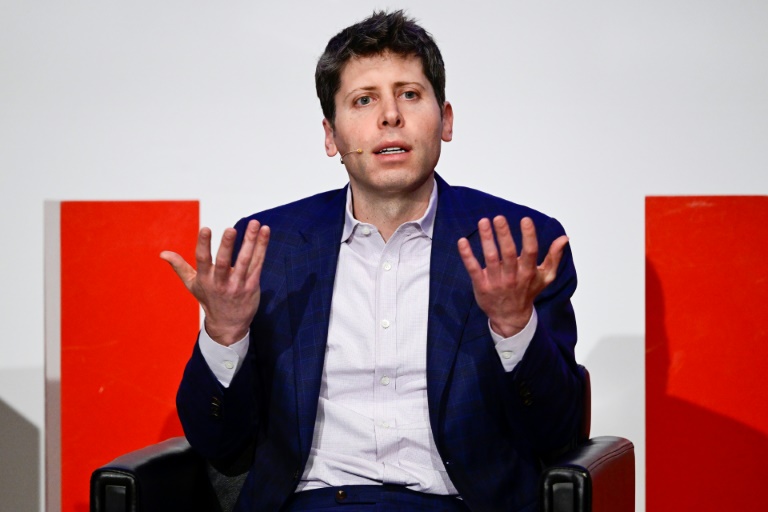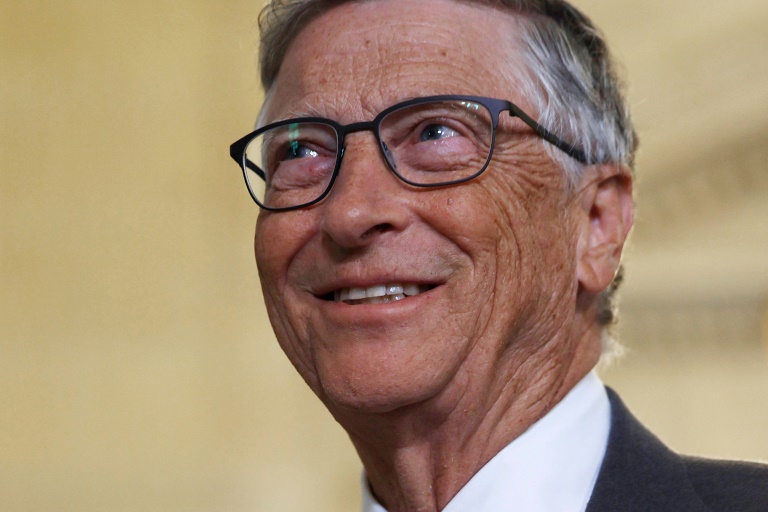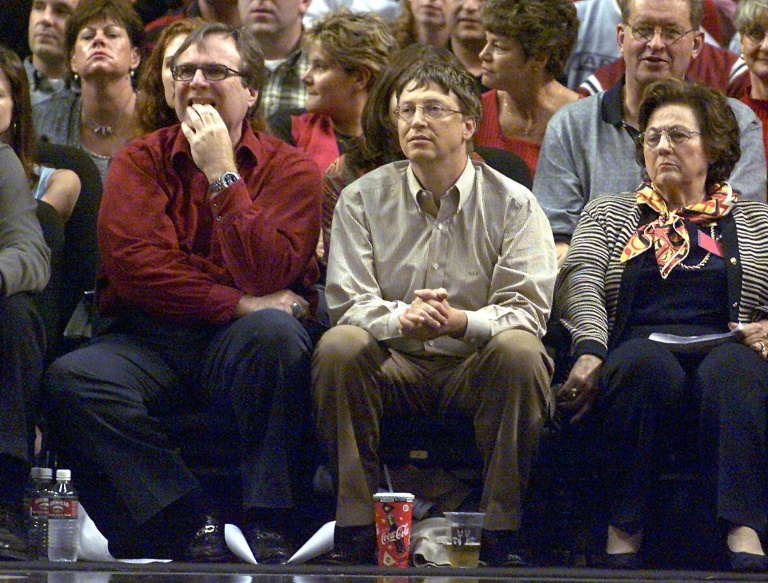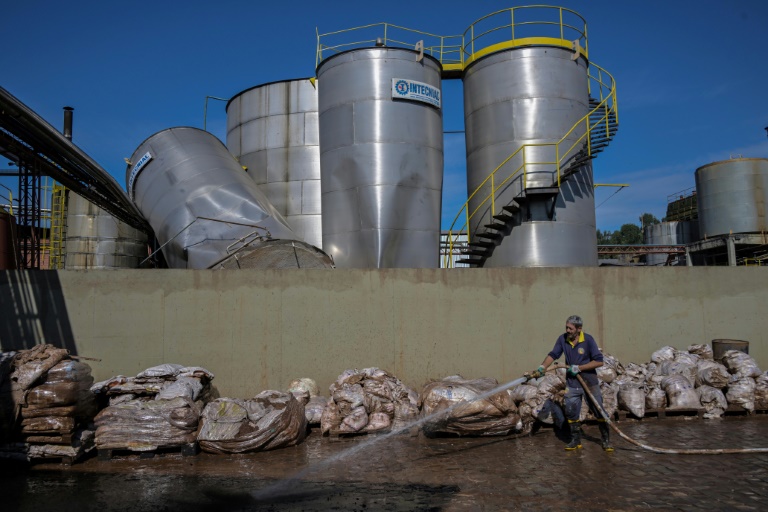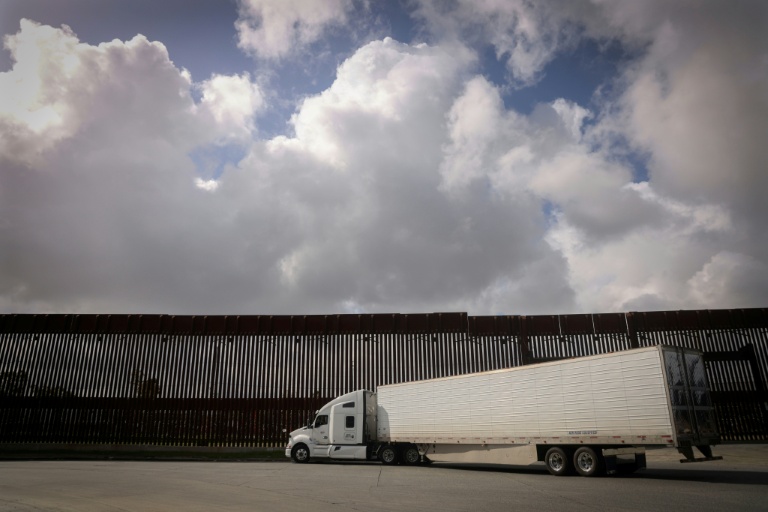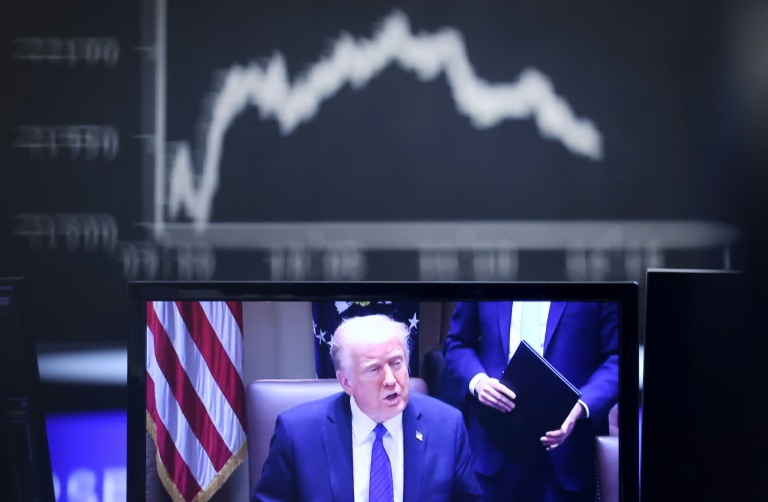New York (AFP) – Boeing has committed to enhanced safety protocols that include more inspectors and new performance benchmarks under a plan demanded by regulators, US air safety authorities said Thursday.
The aviation giant presented a comprehensive safety “roadmap” to officials after a near-catastrophic incident on a January Alaska Airlines flight that revived questions about Boeing, following fatal crashes involving its 737 MAX in 2018 and 2019.
“Over time this is about systemic change, there is a lot of work to be done,” Federal Aviation Administration head Mike Whitaker said at a news conference after a three-hour meeting in Washington attended by Boeing chief executive Dave Calhoun.
“Boeing has laid out their roadmap, and now they need to execute,” Whitaker added.
The FAA has capped Boeing’s production of the MAX in light of the safety problems.
Whitaker said there is no timeframe for lifting that restriction, but does not expect any changes in the “next few months.”
The American aeronautics giant has faced intense scrutiny following manufacturing problems and pointed testimonials from whistleblowers that have kept the company in the headlines for unwanted reasons.
On January 5 a Boeing 737 MAX 9 operated by Alaska Airlines made an emergency landing after a fuselage panel blew out mid-flight.
The jet had only been delivered by Boeing to the carrier in October.
Shortly after the incident, the FAA temporarily grounded 171 MAX jets with the same configuration, following the latest production problem after Boeing struggled for much of 2023 to maintain and boost output on the MAX and its other bestseller, the 787 Dreamliner.
In late February, the FAA gave Boeing 90 days to produce “a comprehensive action plan to address its systemic quality-control issues to meet FAA’s non-negotiable safety standards.”
– Safety ‘journey’ –
Under the plan, according to Whitaker, Boeing committed to increasing employee training and communication, strengthening an anonymous reporting system so workers can report problems without fear of reprisal, and increased oversight of suppliers.
The FAA for its part will continue to certify each MAX plane before delivery.
That process has been enhanced since January 5 to include FAA inspections of planes rather than an audit system, Whitaker said.
He said the agency will track Boeing’s progress using six “key performance indicators” or KPIs that can ultimately be checked to see if operations have improved enough to enable the FAA to lift MAX production above the current cap of 38 per month.
“These metrics will provide us a way to monitor their health over the coming months,” said Whitaker, who plans quarterly meetings with the Boeing CEO.
Calhoun thanked Whitaker and the rest of the FAA leadership, saying “we will continue to work under their oversight as we move forward.”
A memo to employees from Boeing commercial airline chief Stephanie Pope detailed measures taken so far, including deployment of coaches onto production lines and prioritizing managers spending more time on the factory floor.
“This is a journey, and we will keep taking action,” Pope said.
The Alaska Airlines incident came on the heels of fatal MAX crashes in 2018 and 2019 that prompted a review of Boeing’s safety culture that pointed to a “disconnect” between senior company management and other Boeing employees and skepticism that safety complaints by workers would not result in retaliation.
After those two MAX crashes, which led to 346 fatalities, Boeing in January 2021 reached a settlement with the US Department of Justice over criminal charges.
Boeing agreed to pay $2.5 billion under the settlement, which placed the company on probation for three years, after which the charges would be dismissed if the company fulfilled its obligations.
But on May 14, the DOJ determined Boeing “breached its obligations” under the settlement, opening the door to possible prosecution.
US officials gave Boeing until June 13 to respond with input that the United States “shall consider in determining whether to pursue prosecution” of the company.
Boeing is also in the midst of an executive search after announcing in March that Calhoun would step down as CEO at the end of 2024, part of a leadership shake-up that also replaced the head of commercial plane production and the chair of the board of directors.
© 2024 AFP


